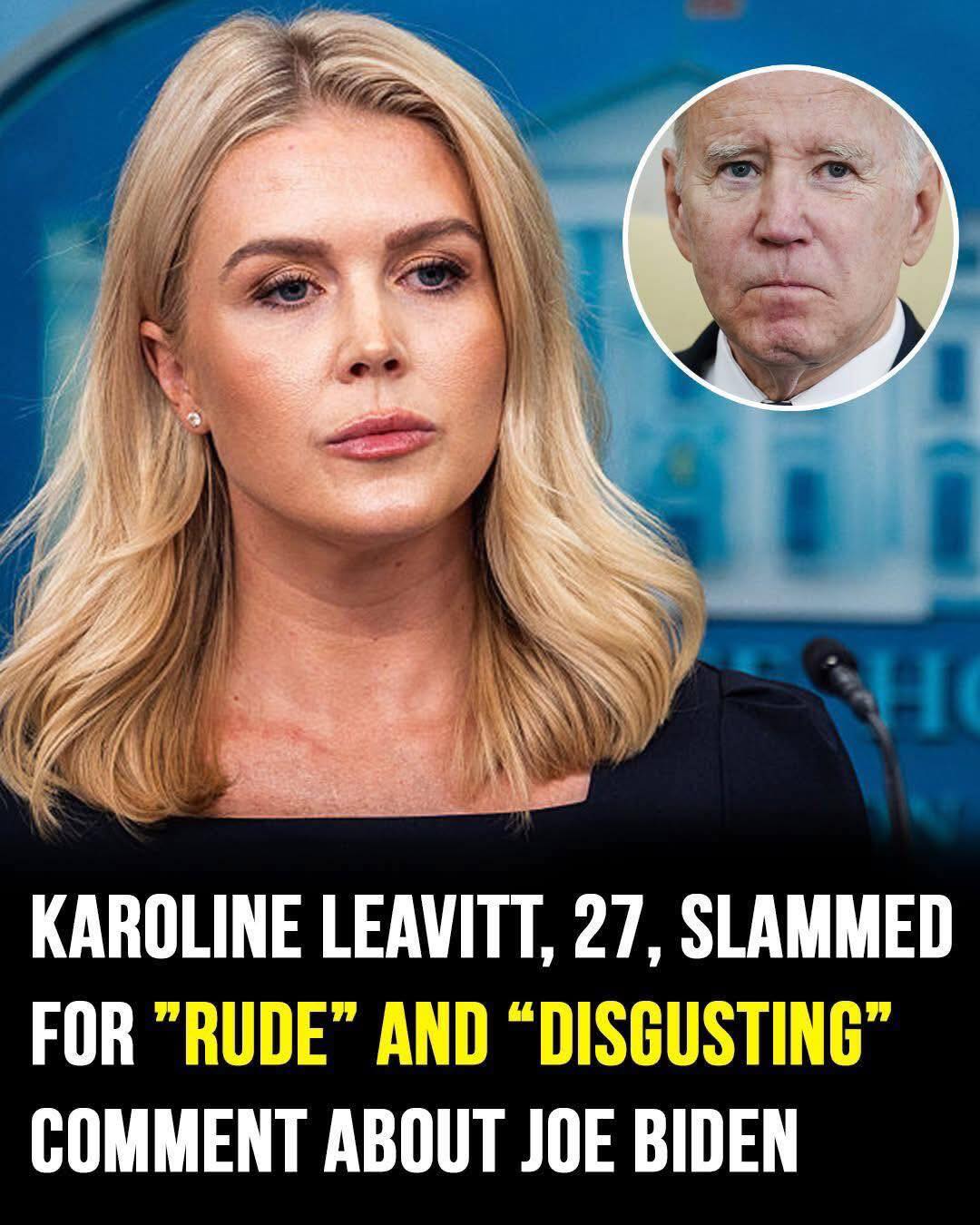In a recent public discussion hosted by Axios co-founder Mike Allen, White House Press Secretary Karoline Leavitt made a strong case that President Donald Trump’s administration is providing more access and transparency to journalists than the previous administration led by Joe Biden.
Leavitt’s remarks came during a media-focused event that addressed the evolving relationship between the White House and the press corps. The conversation touched on topics ranging from daily press briefings and pool access to how key moments in modern presidential history are documented and shared with the public.
Allen initiated the discussion by referencing the now-famous photograph of President Trump taken just moments after the recent assassination attempt in Butler, Pennsylvania. The image, captured by Evan Vucci of the Associated Press (AP), has become emblematic of Trump’s resilience and leadership in a time of crisis. Allen asked whether new rules around press pool rotation and access might lead to fewer iconic moments being captured and preserved for history.
Leavitt, however, pushed back against the idea that the Trump administration is placing restrictions on the press. Instead, she characterized the administration’s policy as one aimed at democratizing access by allowing a broader and more diverse group of outlets to participate in covering the presidency.
“I don’t view them as restrictions,” Leavitt said. “We view them as expanding access to more outlets, more journalists, more perspectives. The idea that only a select group of legacy media outlets should have daily access to the president is outdated.”
She continued by explaining that while there are thousands of news organizations with White House credentials, only a small group—typically a 13-person rotating press pool—gets direct access to cover the president’s daily movements and public appearances. Under Trump’s new policy, that pool has seen greater variation, allowing more outlets—especially smaller, independent, or digital platforms—to be part of the reporting process.
“Why should one outlet have the privilege of being in the press pool every single day?” she asked. “We’ve made it possible for more voices to have a seat at the table. That’s a good thing for democracy, and it’s a good thing for the American people.”
Leavitt also took the opportunity to compare Trump’s media accessibility to that of President Biden, claiming that the previous administration often avoided tough questions and operated behind a media shield.
“Let’s not forget that President Biden went for long stretches without taking questions. He rarely held solo press conferences, and when he did, they were tightly scripted,” she said. “In contrast, President Trump has consistently engaged with the media, whether through press gaggles, interviews, or unscripted Q&A sessions.”
Leavitt’s comments reflect a broader communications strategy adopted by the Trump administration since returning to office in 2025. The strategy emphasizes direct engagement, including frequent updates through social media platforms, traditional press briefings, and sit-down interviews with a range of media outlets across the political spectrum.
Despite the administration’s claims of increased access, not everyone agrees. Allen brought up concerns expressed by the White House Correspondents’ Association, which released a statement recently suggesting that certain changes—such as revamping pool rotation and the criteria for front-row seats at press briefings—could complicate or hinder coverage for some outlets.
While Leavitt acknowledged the criticism, she reiterated that the current system is more equitable and reflective of the broader media landscape.
“The media world isn’t just the big names anymore. There are countless journalists doing great work from independent platforms, online newsrooms, and international agencies. We’re making sure they’re not left out of the conversation,” she said.
She concluded by emphasizing that news coverage of the Trump White House remains robust. “The news is still getting out. Reporters are still covering what we do every single day. And we welcome that.”
As President Trump continues his second term, the administration’s relationship with the press is once again in the spotlight—this time with a new set of rules and a renewed focus on who gets to ask the questions, and why.
